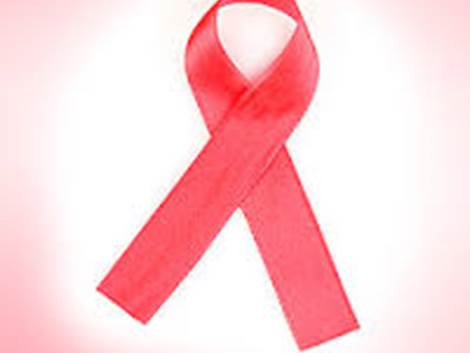
AIDS is the scourge of the turn of the XX-XXI centuries. It is a deadly disease that has claimed the lives of many people: due to stigmatization, lack of treatment methods, knowledge and necessary medicines. World AIDS Day is one of the most important international holidays to draw attention to health issues around the world. In 2023, dozens of countries will host awareness campaigns and commemorations to honor the victims of this terrible disease.
Relevance of HIV problem in Astana city
- The HIV epidemic is in the concentrated stage, defined by an HIV prevalence rate greater than 5% in one or more populations but less than 1% among pregnant women in urban areas characterized by population-based HIV prevalence rates.
- In Astana, the detection rate of HIV infection in the contact group and in the general population (homosexuals-7.3%, injecting drug users-3%, general population-0.1%)
- Currently, HIV infection goes beyond key populations and is actively spreading in the general population.
- The highest level of population affected is observed in the age group of 20-39 years - 65%.
- The predominant route of transmission is sexual (hetero and homosexual contacts for 6 months of 2023 amounted to 89.3%).
Epidemiological situation on HIV infection in Astana in dynamics by years

Source: Astana HIV Prevention Center
The main reason for the spread of HIV among the population is unprotected sexual contacts. The disease can also be transmitted through contact of damaged skin of a healthy person with some biological fluids of a sick person (only seminal fluid and vaginal secretion contain HIV in sufficient quantity to infect), through mucous membranes. Infection can occur through syringes and needles (if they have been used more than once), through blood. HIV can be transmitted from mother to child during pregnancy, childbirth or in the postpartum period - through milk (less often than in utero or during the passage of the child through the birth canal). Antiretroviral therapy is recommended to prevent transmission to an HIV-positive pregnant woman: this gives her a chance to give birth to a healthy baby.
The virus is not transmitted by airborne droplets and is virtually impossible to contract through household contacts, insect bites and saliva (so kissing someone with HIV is possible). The virus is not the most resistant and therefore dies in the external environment. It does not like contact with sunlight, high temperatures, high acidity, alkaline and salty environments. But do not underestimate its threat.



